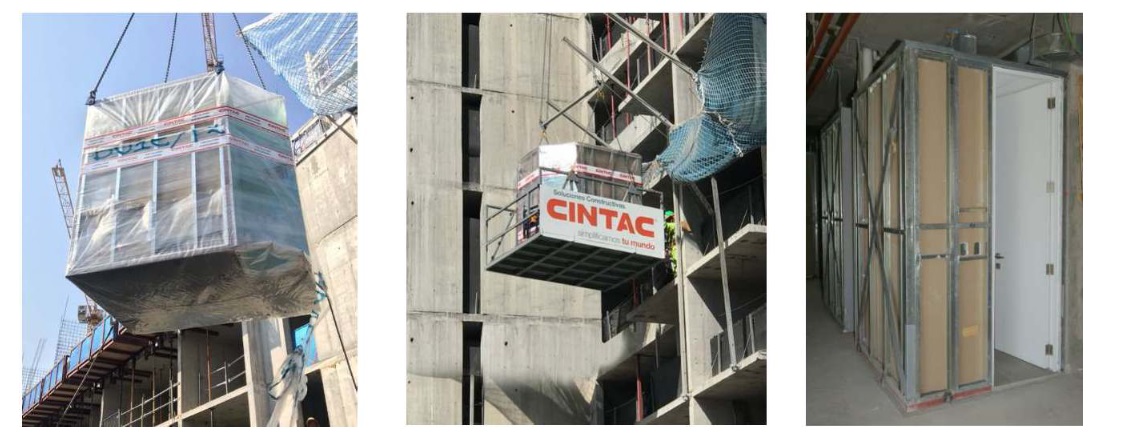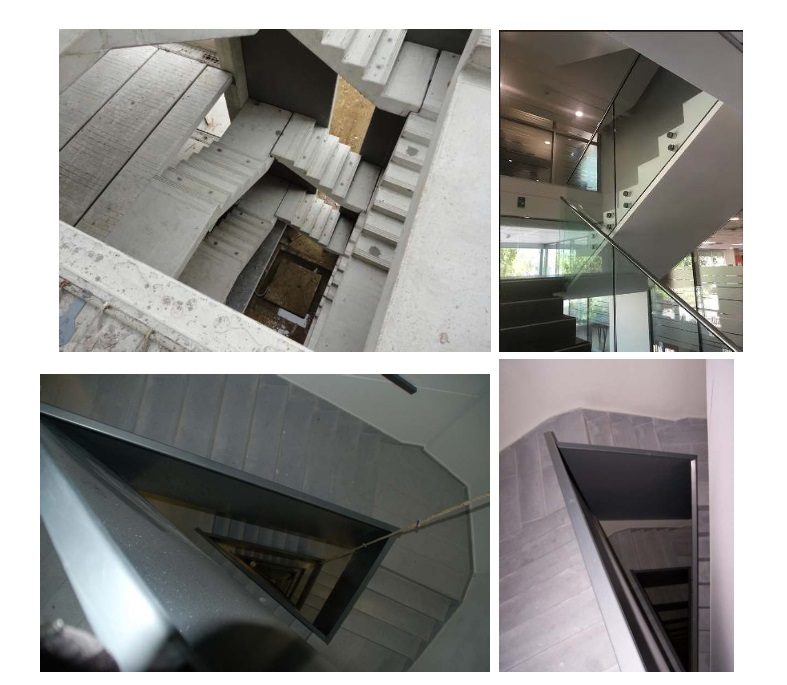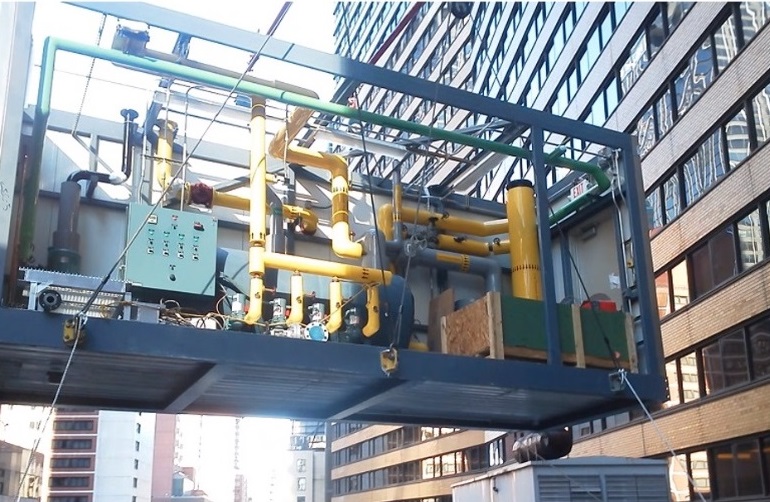Industrialization consists of the serialized production of elements to obtain complete units by later assembling them. This entails understanding construction as a comprehensive project that encompasses design, production, manufacturing and management.
Industrialized construction is a safe, profitable and quick to install system, and it’s also sustainable, from an environmental point of view. It does not depend on weather, as elements are made in workshops, and work accident rates is much lower, since work conditions are much safer.
Sacyr was awarded the contract for the largest hospital construction project currently underway in Spain: the expansion of Hospital 12 de Octubre in Madrid.
It consists of the edification of a new-construction building that will hold the technical block and the hospitalization units and all the services of the current Hospital Materno Infantil of the University Hospital, which will have 740 rooms and 40 operating rooms.

“We are currently assessing the project to present proposals targeted at the industrialized production of repetitive elements, in order to speed up the execution processes, reduce deadlines and execution costs”, affirms Luis Esteban, head of Architectural engineering of Sacyr.
The intended goal is to move to factory sites most of the item production that will later make up the finished building. This characteristic entails the production of entire building elements in-workshop, from air shaft segments, to full rooms, bathrooms, for example, that would be moved to the site in a single module. In this hospital project we are going to attempt to industrialize elements like technical rooms, air shafts, room walls, apart from prefabricated stairs and bathrooms for the 740 hospital rooms.

Hospital 12 de octubre in Madrid
This innovation will be decisive to achieve the ambitious goal of building more than 130.000 m2 within the 26-month deadline.
“With this approach, many elements would be made outside the construction site, and we would assemble them on-site like Lego. This way, we would achieve cutting down execution times and costs. At the same time, it would allow us to increase quality and safety in fabrication by making all these elements outside the construction site, in facilities specialized in these processes, that would not have all the associated risks as on-site”, explains Esteban.
Sacyr already has experience in this matter, as the company has already carried out similar processes. The Sacyr tower, built between 2005 and 2008, the stairs were prefabricated, and this aspect, along with many other factors, aided to making the fastest tower to build, despite having begun construction later and the project including a hotel with more than 430 rooms. Also in hospital construction, in the Hospital de Manises project in Valencia, bathrooms were prefabricated.
“These processes can always be incorporated as long as the project allows it, as it requires a large amount of planning to stay way ahead of the construction work. Prefabrication needs to start very early on, as the elements are externally produced and many potential logistical issues could arise and need to be solved in order to not affect construction”, says Luis Esteban.
